Key Takeaways
- amebiasis causes up to 100,000 deaths each year, mostly in low‑income regions.
- The parasite Entamoeba histolytica is the sole species that triggers invasive disease.
- Poor water, sanitation and hygiene (WASH) remain the biggest drivers of transmission.
- Metronidazole and tinidazole are the frontline drugs, but resistance is emerging.
- Integrated public‑health programs can cut the disease burden by more than 40%.
What Is Amebiasis?
When you hear the term amebiasis is a parasitic infection caused by the protozoan a single‑cell organism that lives in the intestines of humans and some animals. The culprit is Entamoeba histolytica, which can invade the colon lining and, in severe cases, spread to the liver.
The disease ranges from a mild, watery diarrhea to a life‑threatening dysentery with bloody stools. About 20% of infections become invasive, leading to liver abscesses, perforation, or even death if untreated.
Global Burden: Numbers That Matter
The World Health Organization (WHO) estimates that over 50million people contract amebiasis annually, and roughly 100,000 die from complications. The Global Burden of Disease Study 2022 places the disease in the top 20 causes of diarrheal mortality worldwide.
Children under five are disproportionately affected; they account for about 30% of all deaths linked to the parasite. Economic loss runs into billions of dollars each year due to healthcare costs and lost productivity.
How It Spreads: The Transmission Chain
Transmission is almost always fecal‑oral. Contaminated drinking water, raw vegetables irrigated with untreated sewage, and poor hand‑washing practices create a perfect storm for the cysts to travel from one host to another. In crowded refugee camps, the parasite can spread faster than any bacterial pathogen because the cysts survive for weeks in the environment.
Human‑to‑human spread can also occur via the so‑called “crowding‑sanitation” cycle: dense living conditions worsen sanitation, which fuels more infections, which in turn increase the bacterial load in the community’s waste streams.
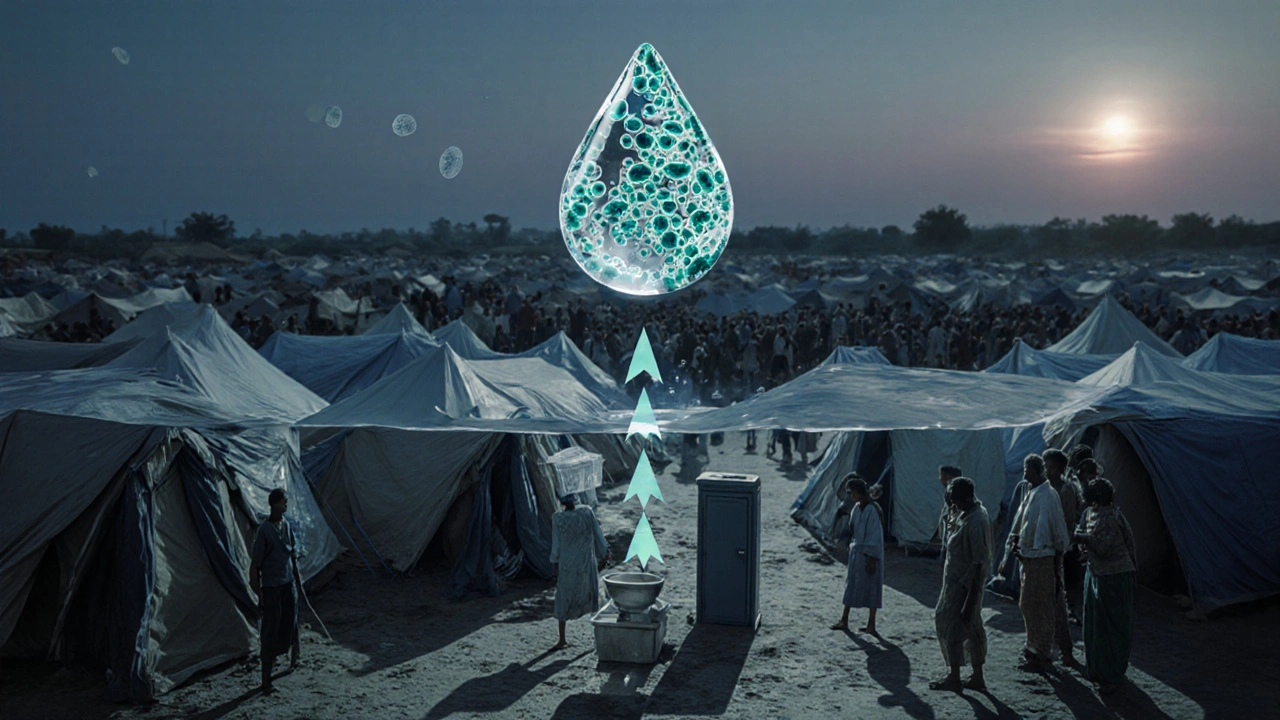
Regions Most Affected
While amebiasis exists worldwide, the heaviest load sits in tropical and subtropical zones where safe water is scarce.
| Region | Cases (millions) | Deaths | Key Risk Factors |
|---|---|---|---|
| South Asia | 14.2 | 27,000 | Limited piped water, high population density |
| Sub‑Saharan Africa | 12.5 | 22,000 | Reliance on surface water, seasonal floods |
| Latin America & Caribbean | 9.8 | 15,000 | Informal settlements, inadequate sewage treatment |
| East Asia & Pacific | 6.7 | 9,000 | Rural agriculture, contaminated irrigation |
| Middle East & North Africa | 4.1 | 5,500 | Water scarcity, refugee displacement |
These numbers highlight why amebiasis is a classic “neglected” disease: it thrives where infrastructure investment lags.
Health Impacts Beyond the Gut
Invasive amebiasis can form a liver abscess in up to 10% of severe cases. The abscess may rupture, spilling contents into the abdominal cavity and causing peritonitis, a surgical emergency.
Chronic infections can lead to malabsorption, stunted growth in children, and anemia due to blood loss. The psychological toll-time spent ill, stigma around diarrhea-also reduces quality of life.
Prevention & Control Strategies
Effective control rests on three pillars: safe water, proper sanitation, and hygiene education.
- World Health Organization recommends point‑of‑use water filters that remove cysts larger than 10µm.
- The Centers for Disease Control and Prevention promotes community‑led total sanitation (CLTS) to eliminate open defecation.
- Hand‑washing campaigns, especially before food preparation, cut transmission risk by roughly 30% according to a 2021 UNICEF field study.
Mass drug administration (MDA) with a single dose of metronidazole has been trialed in high‑prevalence districts of India, showing a 45% reduction in new cases after six months.

Treatment Options & Drug Resistance
The frontline regimen remains a 5‑day course of metronidazole or its cousin tinidazole. A follow‑up with a luminal agent such as paromomycin clears remaining cysts.
Recent surveillance in Bangladesh reported a 3% rise in metronidazole‑tolerant strains, prompting researchers to explore combination therapies with nitazoxanide. However, cost and limited availability keep newer drugs out of reach for most endemic communities.
Emerging Research & Future Outlook
Genomic sequencing of Entamoeba histolytica isolates from Africa revealed genetic markers associated with increased virulence. These markers could become targets for a vaccine, a prospect that biotech firms are now pursuing under WHO’s “Neglected Disease Innovation Hub”.
Climate change adds a wildcard: heavier rains and flooding may expand the habitats where cysts survive, potentially pushing cases northward into temperate zones.
Despite the hurdles, integrated WASH‑MDA programs, backed by international donors, have already cut country‑wide incidence by 38% in Peru (2020‑2023). Scaling such models could bring the global death toll below 50,000 by 2030.
Frequently Asked Questions
How is amebiasis diagnosed?
Diagnosis usually starts with stool microscopy to spot cysts or trophozoites. Invasive disease requires imaging (ultrasound or CT) to detect liver abscesses, plus serology to confirm the parasite.
Can amebiasis be prevented without medication?
Yes. Boiling water, washing produce with safe water, and practicing thorough hand‑washing dramatically lower infection risk. Investing in community latrines also cuts transmission.
What are the symptoms of a liver abscess?
Typical signs include fever, right‑upper‑abdomen pain, and a tender swelling that may be felt under the ribs. Ultrasound often shows a single round lesion filled with pus.
Is there a vaccine for amebiasis?
Not yet. Early‑stage research focuses on protein antigens identified through genome studies, but human trials are still years away.
How long does treatment take?
The standard metronidazole course lasts five days, followed by a 7‑day luminal agent. Symptoms usually improve within 48‑72hours, but full parasite clearance takes about two weeks.
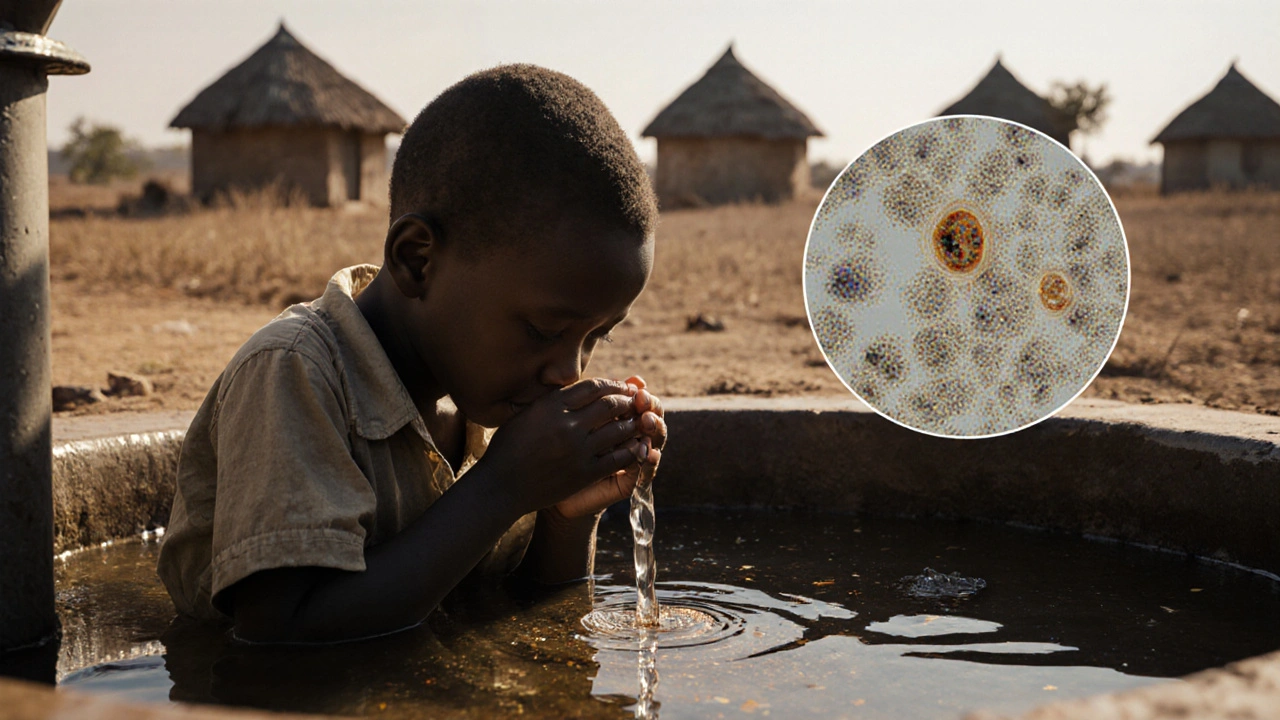



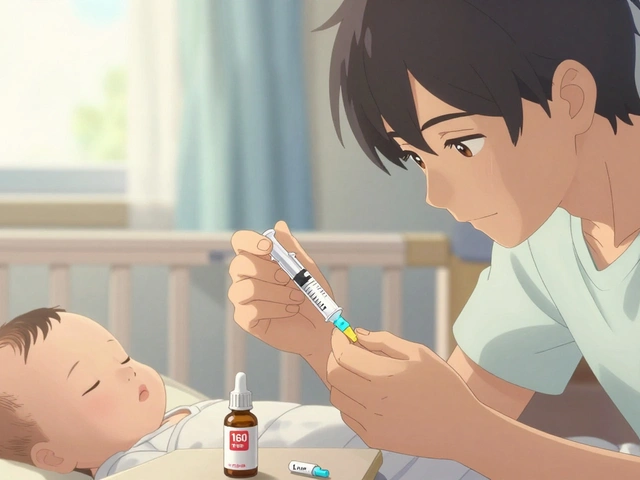
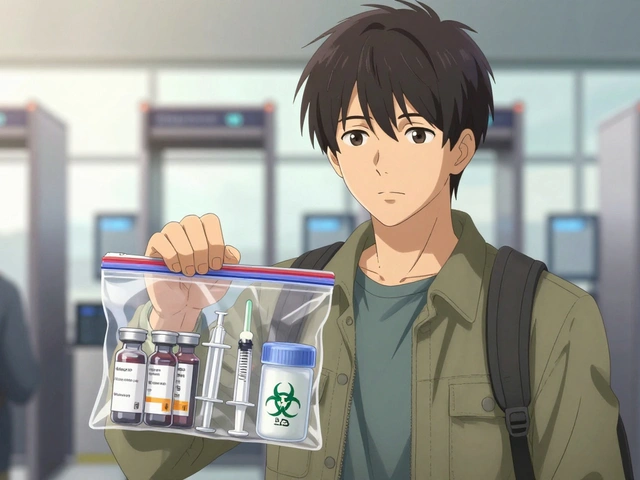


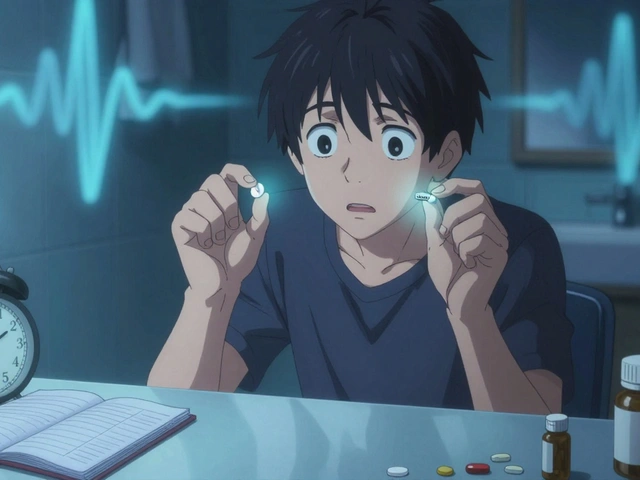
Taylor Van Wie
America leads in global health, so it's weird we waste time on distant parasites.
carlee Lee
Great summary; the emphasis on WASH is spot on.
chuck thomas
The article nails the link between sanitation and disease spread.
I especially appreciate the breakdown of how floods can push cysts into new regions.
It’s a reminder that climate change isn’t just about heat, it’s also about parasites.
We need more integrated surveillance that looks at water quality alongside weather patterns.
Overall, a solid call for interdisciplinary action.
Gareth Pugh
Exactly, and the colorful language makes the data stick.
When you hear “crowding‑sanitation cycle,” you picture real neighborhoods battling daily.
Illiana Durbin
Thanks for highlighting the kids‑under‑five stats; those numbers are heartbreaking.
Improving hand‑washing kits in schools could save countless lives.
Tyler Heafner
Indeed, formal programs paired with community ownership tend to endure longer.
Evidence from Latin America shows a 30‑40% drop when locals manage latrine maintenance.
Policy makers should embed these models into national health plans.
anshu vijaywergiya
The vivid description of liver abscesses really drives the point home.
Seeing a single round lesion on an ultrasound is enough to make anyone shudder.
ADam Hargrave
Oh, because we’ve all got spare metronidazole lying around, right?
Sure, just pop a pill and the world’s problems vanish.